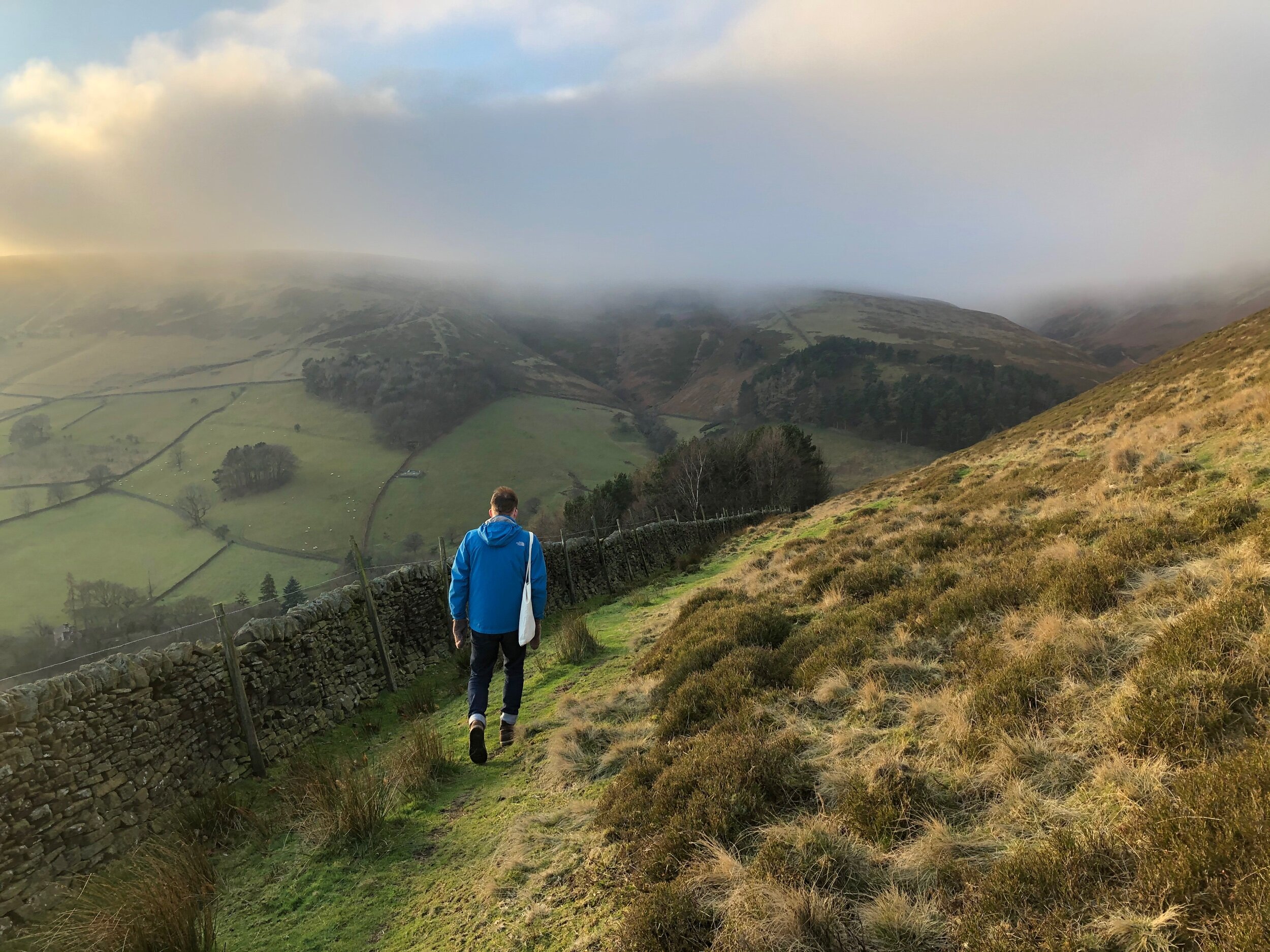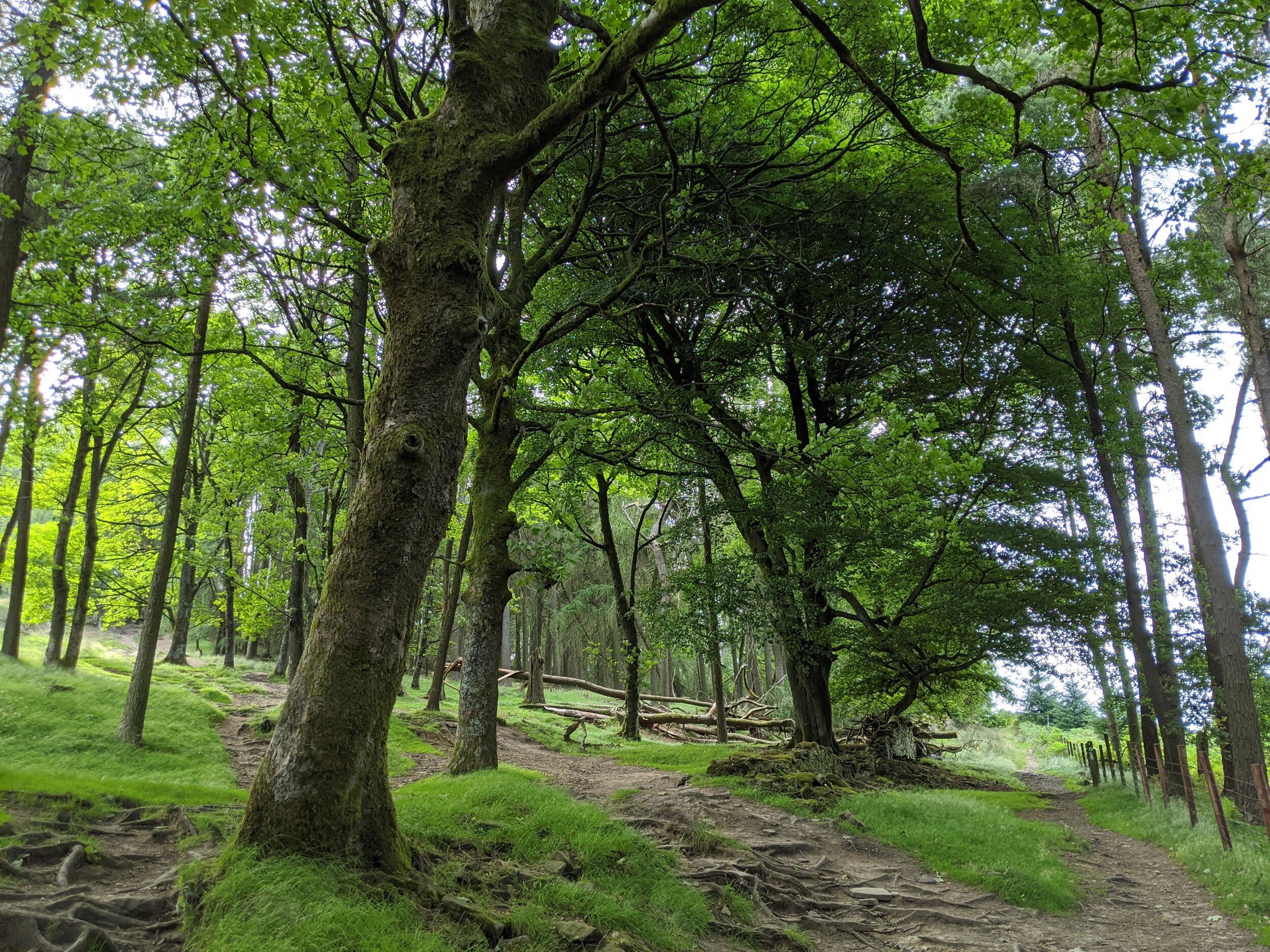Walking for the Heart
A personal history of walking for heart health
I grew up walking.
It’s a somewhat strange thing to say as most of us learn to walk when we’re small, and use it as our main method of autonomous transport for our first few years, but it’s something that I think can’t be overlooked when I consider the role it’s had in my life.
I was born with a congenital heart condition, which prevented me from doing team sports or any ‘overly strenuous exercise’, a term which cardiologists left me to understand at my discretion. I wasn’t allowed to play football or rugby or ice hockey with the other boys, but I was told that, for my heart even more than anyone else’s, exercise was essential to keep in good health.
My sister and I walked everywhere with our mother. We walked to school and back, we walked to the shop, we walked to the library, and on weekends we’d walk to a park or a forest or a lake that we could walk around. I always stayed fit as a child — and my heart kept beating.
When I was nine, my mother decided that it was time for me and my sister to see more of the world. She wanted to take us to Paris, a city she loved herself, and then through the Loire Valley, a scenic region of France she’d always wanted to visit. There was only one problem with the plan: we didn’t have any money.
My mother decided that she wouldn’t let anything get in the way of our plan. She saved the little money she had to buy us flight tickets to Amsterdam and a train to Paris and a hotel for the first few nights. Everything else we would do by walking. A train here to get to another region, a bus there to get us out of an endless suburbia. Every other bit we’d walk.
After that summer in France, we spent the next summer walking through Tuscany. Then we walked in Scotland, then we walked through England and finally through the Mediterranean coast of Spain. We stayed in a hotel once in a while to get a chance to shower, otherwise we slept in a tent.
When I was a teenager and heard people talking about France or Spain or Italy, they would mention the Eiffel Tower or the Sagrada Familia or the Colosseum. I liked those places, but I always remembered the run-down train station on the edges of Paris where a passerby helped us climb over a ticket gate, or the Mediterranean at sunset when we pitched our tent on a grassy hilltop on the Spanish coast, or the centuries-old drinking fountain we found on the hills of Tuscany after hours of walking in the burning sun.
The world is a different place when you’re on your feet. On a map, Manchester looks like it’s next to Sheffield and Paris looks like it’s next to Orleans. If you drive a car or take the train, that impression can easily stay with you. When you’re on your feet, you start to appreciate the distance, and you appreciate all the life that takes place in between, you appreciate all the details of daily comings and goings and all the plants living in their own landscapes.
Back at school, I spent most of the day looking forward to the walk home. When the school bell rang at 3.15pm, I felt liberated. It wasn’t just escaping the rules and social order of the school that I loved, but the freedom of putting one foot in front of another, the freedom to move and to think entirely as I pleased. It was a transition between the order and tasks of school and the rules and responsibilities of home, a time where my mind was completely free to go wherever it wanted.
There’s something about walking that stimulates my thinking and my creativity. It’s not a feeling that I only myself share: there are many myths about figures like Steve Jobs and Charles Darwin preferring to do their thinking when walking. Studies show that exercise stimulates the blood flow to your brain and mental alertness, and the lack of focus when walking allows your mind the freedom to wander. Even when writing, I find that simply getting up from my seat will help me locate the next word that was just eluding my mind.
As an adult, people often find themselves walking less. The walk to school or to the houses of friends is replaced by the drive or ride to work, and days get stretched out with work and household chores. Walking becomes something you set out time for rather than a necessity. The first trip I made outside Manchester with my then-girlfriend (now wife) was to Edale, where we climbed up one of the surrounding hillsides. Little did we know at the time, we would soon be walking together a lot: as the first lockdown was announced, we started keeping ourselves active by going on walks every afternoon
It’s not an exaggeration to say that walking got us through the first year of the pandemic. Staying put in one flat is hard, staying put when you’ve not seen your family in more than a year and you have no idea how long the situation is going to last is even harder. When we put on our shoes and left the door to go on a walk, none of it seemed to matter. We could walk as far as our feet carried us, we could leave behind all the worries of the house and breathe in some fresh air.
One of the reasons I love Manchester is all the parks and the greenery by the Mersey, and the closeness to the beautiful hills of the Peak District. Walking is the best thing I have done for my heart — and I can’t wait to see where the path will lead me next.







